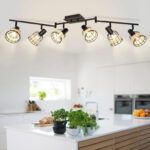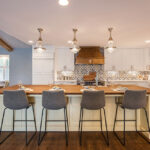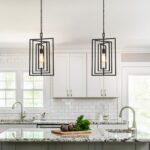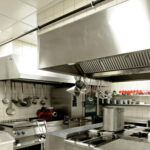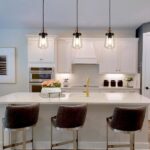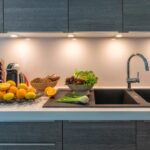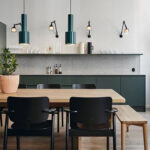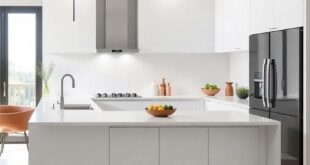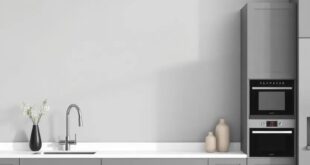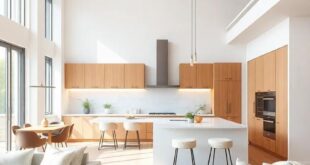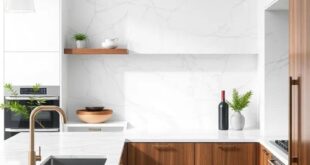The kitchen is often considered the heart of the home, where meals are prepared, memories are made, and conversations are had. With such an important role in daily life, it’s essential that the kitchen is well-lit to ensure tasks can be completed safely and efficiently.
The lighting in a kitchen serves both functional and aesthetic purposes. Proper lighting can make cooking easier by ensuring that ingredients are properly measured and dishes are cooked to perfection. It can also enhance the overall look and feel of the space, creating a warm and inviting atmosphere for family and friends to gather.
When it comes to kitchen lighting, there are several key considerations to keep in mind. The first is the type of lighting fixtures to use. While overhead lighting is important for general illumination, task lighting is equally crucial for specific areas such as the countertop, sink, and stove. Under cabinet lighting, for example, can help illuminate the workspace and prevent shadows while chopping vegetables or washing dishes.
Another important factor to consider is the color temperature of the light. Cool white light is often preferred for task lighting as it provides a bright and focused illumination, while warm white light is better suited for ambient lighting to create a cozy and inviting atmosphere. LED lights are a popular choice for kitchen lighting as they are energy-efficient, long-lasting, and come in various color temperatures to suit different needs.
In addition to functionality, the aesthetics of kitchen lighting should also be taken into account. Pendant lights over an island or breakfast bar can add a touch of style and personality to the space, while recessed lighting can provide a sleek and modern look without taking up valuable counter or cabinet space.
Proper placement of lighting fixtures is also essential in creating a well-lit kitchen. When installing overhead lights, it’s important to position them strategically to avoid casting shadows and ensure even illumination throughout the space. Task lighting should be placed where it’s needed most, such as over the sink or stove, to provide adequate light for specific tasks.
In conclusion, kitchen lighting plays a critical role in creating a functional and inviting space for cooking, dining, and entertaining. By carefully considering the type, color temperature, placement, and aesthetics of lighting fixtures, you can transform your kitchen into a bright and beautiful hub of the home.
 Decorationg Interior Design
Decorationg Interior Design


